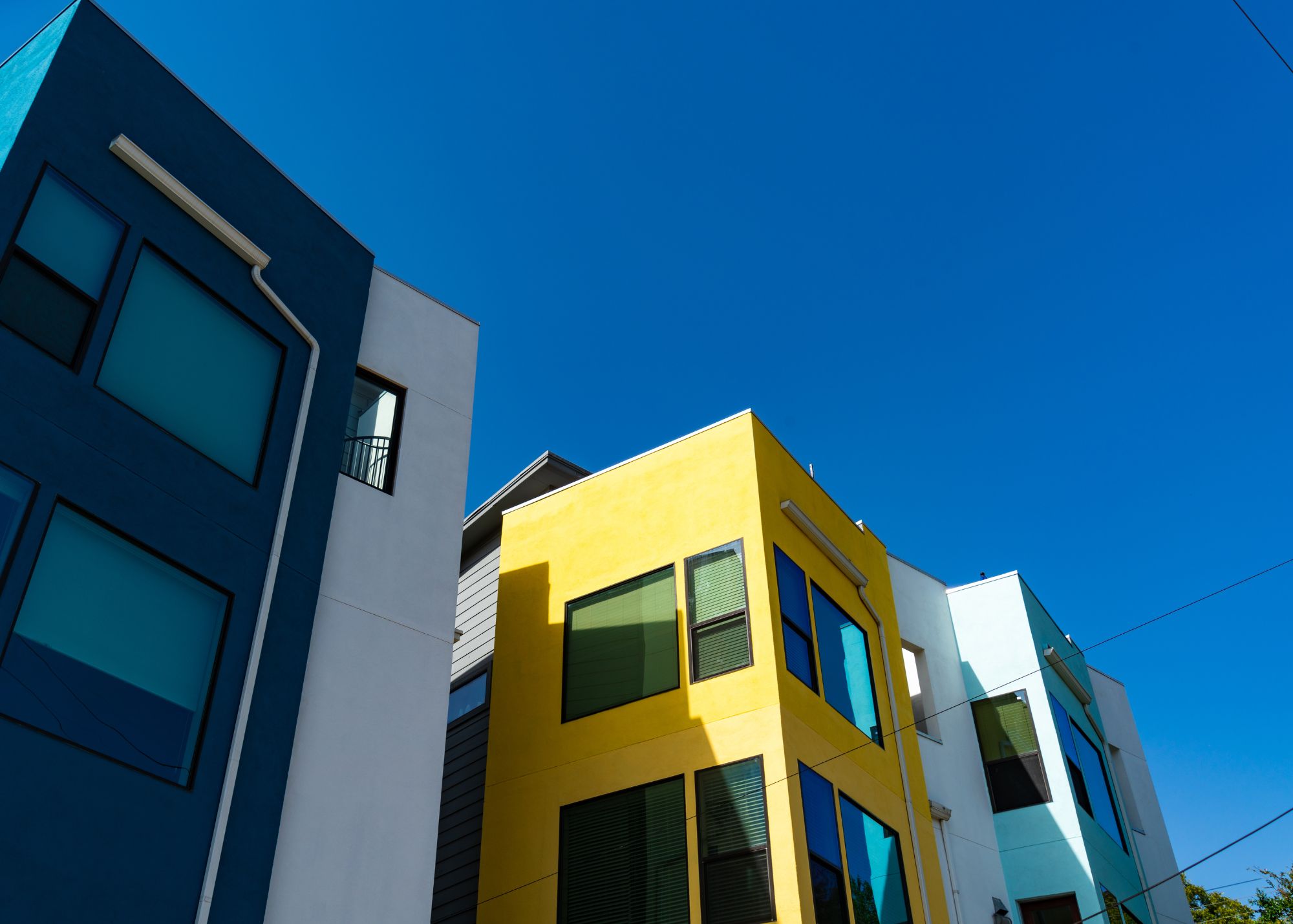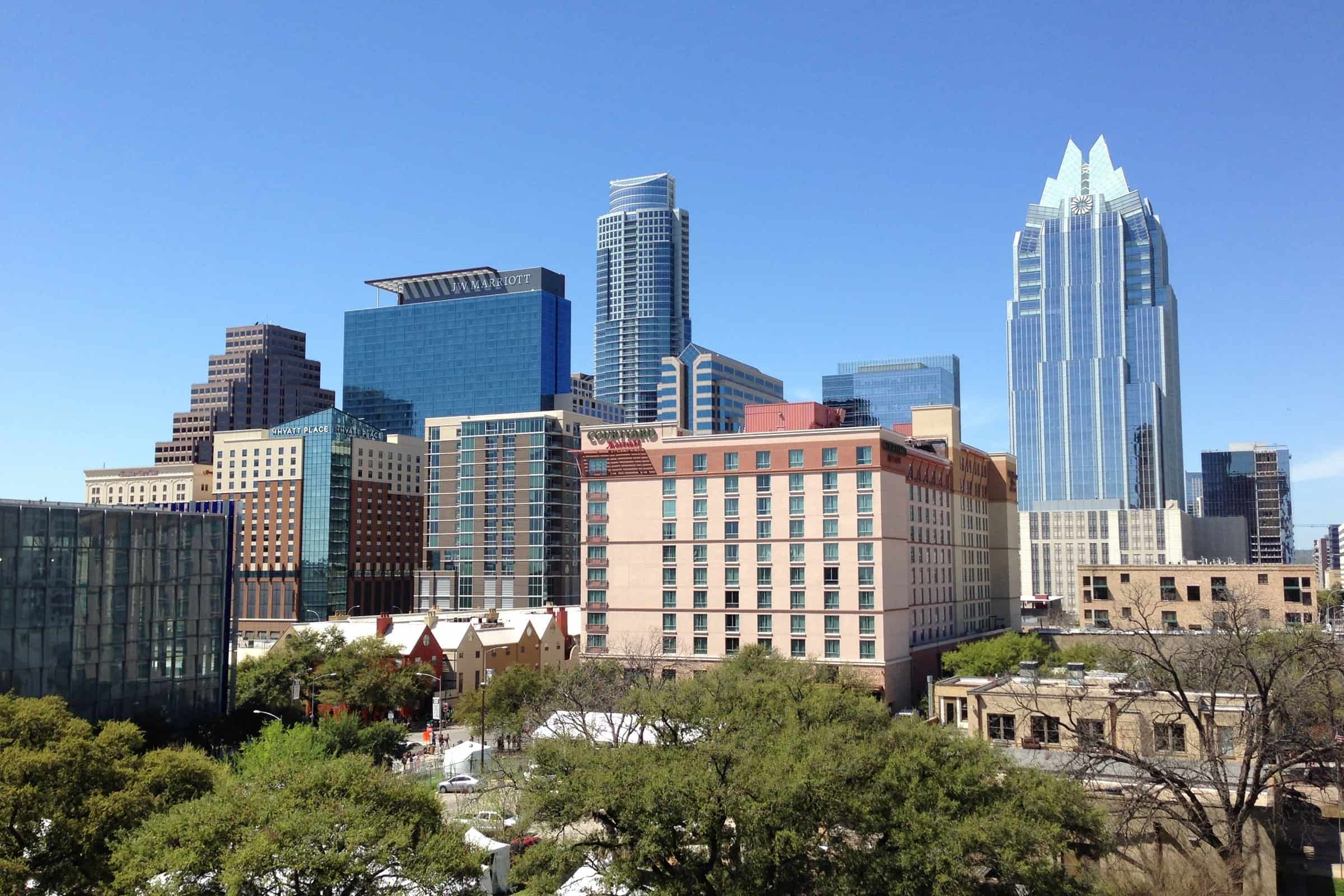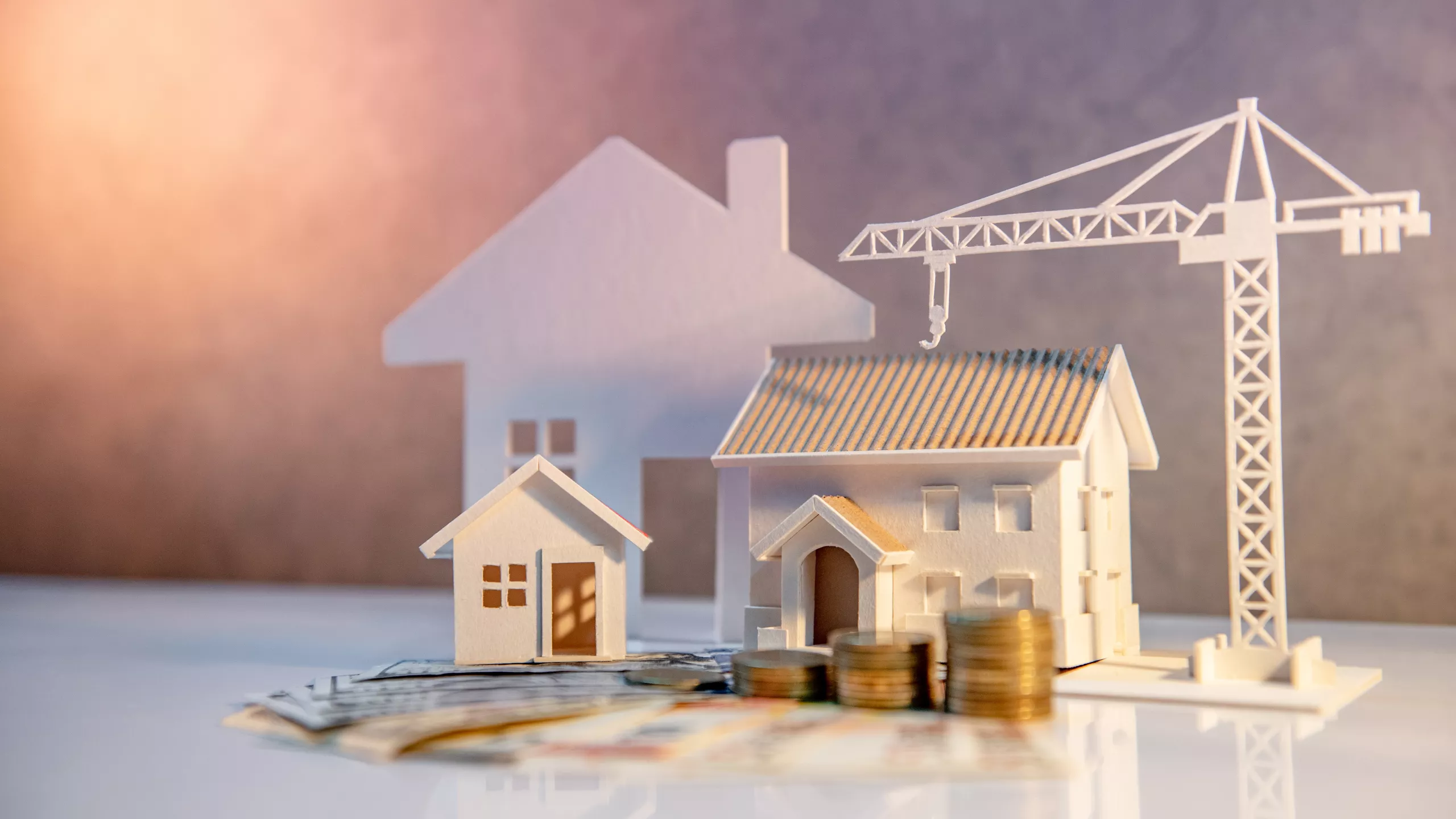- Start with a nest egg.
I know this seems obvious, but do whatever you have to do in order to find, create or save enough capital to buy that first property.In our case, we generated investment capital by selling my bachelor pad (a condo I owned) after I got married, and my brother’s house (after he relocated).The proceeds from those sales, about $200k, were invested into a duplex, a fourplex and several single family homes in foreclosure all within 3 months of each other.Having that working capital certainly started us out in a good direction rather quickly. - Force appreciationThe increase in the value of a property over time, usually due to factors such as market demand, economic growth, infrastructure improvements, and inflation. View Definition.
I think the ability to force appreciation is simply the greatest thing about investing in anything 2 or more units, and a main driver why we’ve started our new company to focus on Value Add investing in 100+ unit apartments.The first duplex we bought was a 2bd/1ba on each side with a garage.When we purchased it, we enclosed each garage to create a 3rd bedroom on each side, and completely renovated the kitchen, flooring and bathroom.We had $225k total invested in the property, and two years later were able to refinance all of our capital out of that property to fuel more acquisitions. We did this on several other properties as well, and once we proved the increased NOI, were able to realize a tremendous amount of equity. - Buy in an appreciating area.
The fastest way to generate wealth in Real Estate is appreciation, and not all of it has to be forced.Buying in the right market at the right time and letting natural appreciation occur is a beautiful thing. Monthly cash flowThe money that is left over each month or year from the property's income after paying for operating costs, mortgage, taxes, and other expenses. Positive cash flow occurs when the income exceeds the expenses, while negative cash flow indicates that the property's expenses are higher than the income it generates. View Definition is awesome, but it is not the best accelerator to growing your business and portfolio.We have certainly benefited from the explosive growth and appreciation in Austin and San Antonio, and would be lying if we didn’t credit the market for some of our success.But we also bought strategically in neighborhoods I felt provided excellent appreciation potential in the short term.We stayed away from some opportunities that provided excellent cash flow, but were located in rural areas that I didn’t think would appreciate as quickly.We have a rule that we only buy assets that cash flow from Day 1, but always look in areas that have a strong potential for accelerated appreciation. If you are investing in a slow growth area of the country, it is going to take you a lot longer to grow and build a portfolio. - Buy in your personal name.
I get asked a lot about whether you should buy investment property in an LLC or not—to protect yourself from lawsuits and financial headaches.We have purchased everything to date in our personal names so that we can take advantage of 30-year fixed rate loans.You can get up to 10 personal loans via Fannie Mae & Freddie Mac, and I suggest you take advantage of all of them. Some mortgage brokers will struggle to help you past 3-4 loans–and you’ll pay a marginally higher interest rate–but keep working to find one that can get you all the way to ten. Between my brother and I, that was 20 loans we could get with 30-year loans averaging 4.5%.This was important for us as we focused on generating cash flow (as you’ll see in the next step). It also allowed us to stretch for a couple properties that wouldn’t cash flow on a 20- or 25-year amortization schedule, but were going to be great appreciating assets. To combat our legal risk, we put a high cap on the liability insurance of each property, and put an umbrella policy in place. Eventually we’ve moved the properties into an LLC, but if we had started that route and been limited in our financing options, we never would have gotten where we are so quickly. - Reinvest the cash flow.
Sometimes this seems so obvious, yet many people don’t do it.They get a few hundred or a few thousand extra dollars coming in every month, and they start to expand their lifestyle or splurge a little too often. All of a sudden, that cash flow they’ve created is now needed to support new spending habits—and its not helping grow their business or portfolio.
We set up new accounts at a separate bank from our personal accounts to keep a clear distinction between the two, and eliminate the temptation of spending money from the rentals. When we had saved enough cash flow to afford a down payment on the next property, we’d start shopping again. As our portfolio grew, the snowball effect took over and the time between acquisitions got shorter and shorter. - Manage the property yourself.
From the onset, we managed our properties ourselves.At first, we had no clue what we were doing—but we learned as we went.We went this route for two reasons. 1. To save money. When you’re trying to grow your portfolio, keeping 8% of our revenues in our bank accounts really added up. 2. To learn the business. We entered this business knowing it was just that—a business. By managing our portfolio, we were able to learn the business much faster than if we turned everything over to a manger Day 1. - Get comfortable being broke and taking risks.
For us, this manifested itself in two ways.First, we really cut back on as many expenses as we could, to send more money over to our real estate business to fuel more growth.So many people preach living below your means—but it works.When we got a bonus at work, we’d deposit it into our real estate account.When there was money left over at the end of the month, we’d transfer that over too.Second, there were several times when we invested all of our savings to buy the next property. It was not a comfortable feeling to see less than $5,000 total across all your accounts, but a couple months later we had our cash reserves built back up and were collecting more rents with the new addition. Thing snowballed faster and faster, and the accounts grew faster with each acquisition. - Eliminate fear.
When we bought our first investment property, Gary Keller’s The Millionaire Real Estate Investor was the entirety of our experience, and we really didn’t know what we were doing.We had a great friend and realtor who assured us these first few properties were going to cash flow, and we jumped in.I remember pulling up to the first property after we closed on it, and having butterflies in my stomach as I walked up to introduce myself to the new tenants. Every step of this journey has stretched us, challenged us and taught us new things. Today, I stand here as founder of Wildhorn Capital, a firm focused on buying assets that regularly exceed $10,000,000. And it’s not scary—it’s exciting.
I hope this list helps to inspire you to start investing, building your own portfolio and generating wealth. It’s a great path, but one that requires you to be totally committed and active in the business. If you want further encouragement, please reach out and we can connect.

Andrew Campbell is a native Austinite and Managing Partner at Wildhorn. He is a real estate entrepreneur who first broke into the business in 2008 as a passive investor. In 2010 he transitioned into active investing and management of a personal portfolio that grew to 76 units across Austin and San Antonio. He earned his stripes building and managing his personal portfolio before founding Wildhorn Capital and focusing on larger multifamily buildings. At Wildhorn, he is focused on Acquisitions and maintaining Investor Relations, utilizing his marketing and communications background to build long-term relationships.







